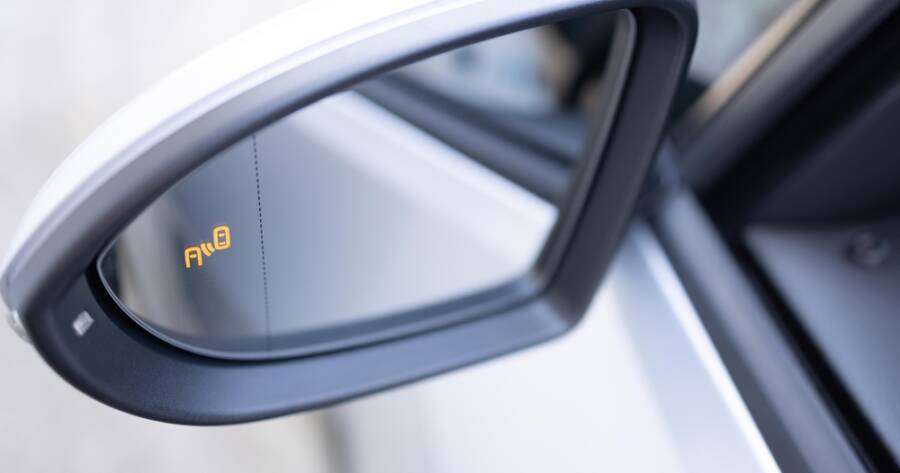Today’s vehicles are smarter, safer, and more intuitive than ever before. For older drivers, this technological evolution has opened the door to a more comfortable and secure driving experience. As reaction times slow or vision becomes less sharp, smart car features can provide an added layer of protection—helping seniors stay confident and independent behind the wheel. From automatic braking to blind-spot alerts, smart innovations are more than just flashy add-ons—they’re game changers.
Why Smart Features Matter for Older Drivers
Driving is a complex task that involves constant decision-making, quick reactions, and strong situational awareness. For seniors, even minor changes in mobility, hearing, or sight can make driving feel more stressful than it once was. That’s where smart features come in. These tools are designed to reduce the cognitive load on drivers, assist in difficult situations, and prevent common causes of accidents.
By enhancing a driver’s awareness and compensating for slower reaction times, smart features can extend the number of years seniors feel safe and capable on the road—while also protecting others around them.
Adaptive Cruise Control: Reducing Fatigue on Long Drives
One of the most useful features for senior drivers is adaptive cruise control (ACC). Unlike traditional cruise control, ACC doesn’t just maintain a steady speed—it automatically adjusts the vehicle’s pace to match the flow of traffic. If the car in front slows down, your vehicle will slow down too, and then return to the preset speed once it’s safe.
This feature is ideal for long highway drives, helping reduce driver fatigue and minimizing the need for constant braking and accelerating. For retirees who enjoy road trips or regularly commute on busy roads, ACC can make a significant difference in comfort and stress levels.
Lane Departure Warning and Lane Keeping Assist
Drifting out of a lane is a common issue for drivers of all ages, especially on longer drives when fatigue can set in. Lane departure warning systems alert drivers when their vehicle starts to veer out of its lane without signaling. Some vehicles go a step further with lane keeping assist, which gently nudges the car back into place.
For seniors, these features can act as a second set of eyes—particularly helpful if their peripheral vision has declined or if they’re driving at night or in poor weather conditions. These systems help prevent one of the most common types of accidents: side-swiping or running off the road.
Blind-Spot Monitoring: Keeping Tabs Where You Can’t See
Checking blind spots can be tricky, especially for those with reduced neck mobility or limited upper body flexibility. Blind-spot monitoring (BSM) uses sensors to detect when a vehicle is in your blind spot and alerts you with a light in the side mirror or a sound.
Many systems also include rear cross-traffic alert, which warns drivers of approaching vehicles when backing out of a parking space. These features are incredibly valuable for seniors who may find head checks uncomfortable or who frequent busy parking lots.
Automatic Emergency Braking: A Lifesaving Backup
Possibly the most impactful safety feature for older drivers is automatic emergency braking (AEB). This technology uses sensors to detect when a collision is imminent and can automatically apply the brakes if the driver doesn’t react in time.
For seniors who may have slower reflexes or get momentarily distracted, AEB provides a vital safety net—especially in stop-and-go traffic or urban driving environments. Some systems even detect pedestrians and cyclists, adding another layer of protection.
Other Helpful Technologies
In addition to the major features above, there are several other smart tools that enhance senior driving:
-
Backup cameras make parking easier and reduce strain when reversing.
-
Voice-activated controls help drivers make phone calls or adjust navigation without taking their hands off the wheel.
-
Heads-up displays project key information (like speed and navigation directions) onto the windshield, helping seniors keep their eyes on the road.
-
Heated steering wheels and seats can provide comfort for those with arthritis or joint pain.
Driving with Confidence in the Digital Age
While learning new technology can feel overwhelming at first, many smart features are designed with ease of use in mind—and they can make a real difference in helping seniors maintain their independence. Cars today are built not just to drive, but to assist and protect.
Before purchasing a new vehicle, older drivers should test-drive different models and explore which features come standard and which are part of upgrade packages. With the right tech at their fingertips, seniors can drive more safely, more comfortably, and with greater confidence than ever before.
